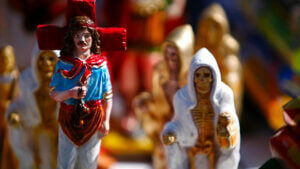
Greenland is known to be the largest island on Earth, as well as the least densely populated country. But what many are not aware of is that Greenland has the highest suicide per capita ratio in the world. With this post we visit this frozen Arctic autonomous country, still part of the Kingdom of Denmark, and discuss how life in the Arctic shapes burial customs and death perceptions. This include both Inuit beliefs as well as the, so called, suicide clusters.
At least four cultures have migrated to Greenland, all leaving their mark on the island and shaping death customs and traditions. Some of the most noteworthy are the Norse and the Thule. Finally, the latter formed Inuit customs and left frozen mummies behind.
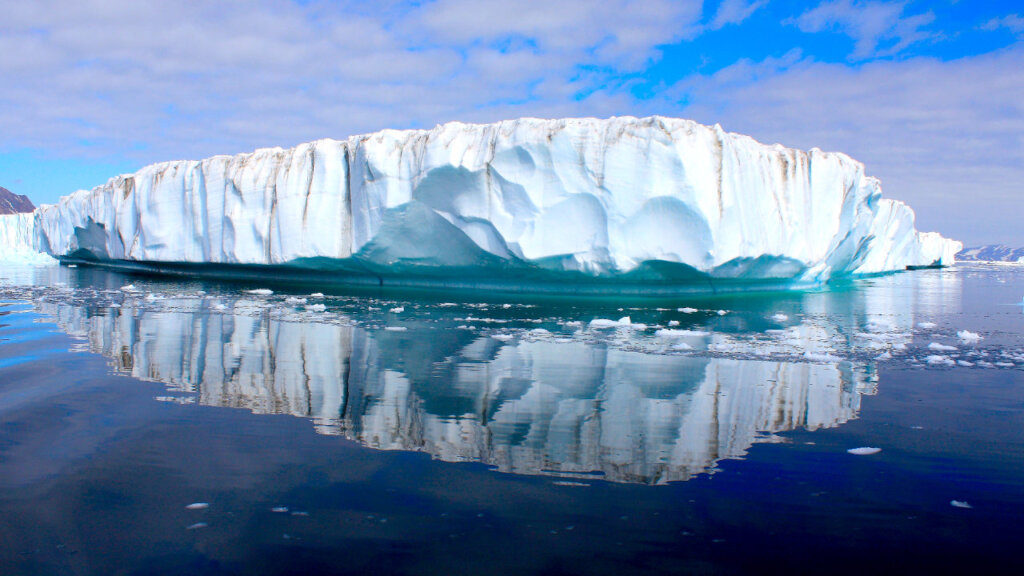
Firstly, we should mention that the Thule were the ancestors of all modern Inuit. This proto-Inuit culture flourished first in Alaska, later migrating to Canada and eventually Greenland. The ties between the Thule and the Greenland Inuit are therefore not only biological, but also cultural. Moreover, upon arrival to Greenland, the dead were buried at the sea. In later centuries this changed to rock or cave burials, since the ground was often not fitting for burials.
We have also pointed out before that researchers discovered Thule mummies. Specifically, these frozen mummies were found at Uummannaq and continue to puzzle researchers to this day: they cannot explain the reason of such a burial or the cause of death. Tests revealed that one mummy, belonging to a child, was alive upon burial.
Those are also the best preserved mummies in North America!
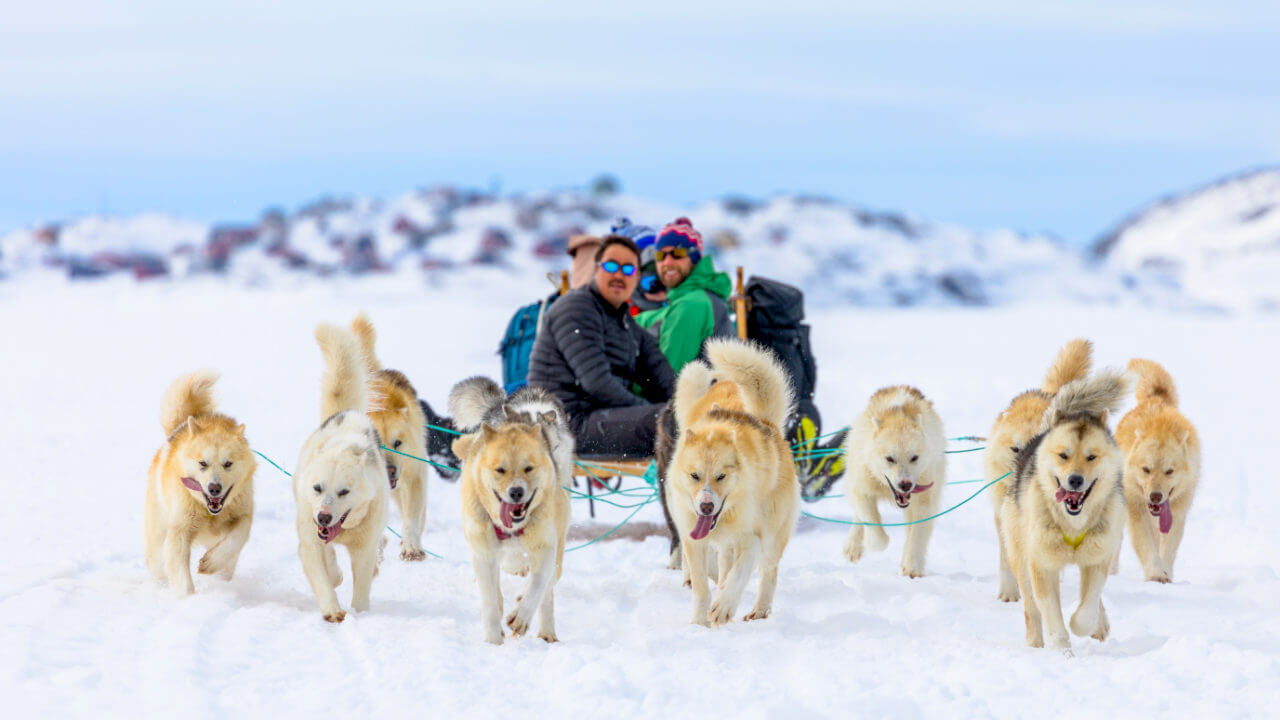
An interesting belief of the Inuit is that not only humans but also animals have a soul. Animals’ souls were independent of their bodies. Furthermore, the human soul was not perceived in the same way as Western traditions. According to traditional Inuit beliefs, the soul is also responsible of breathing. Moreover, the soul survives the death of the physical body, and goes either to the underworld or the upperworld.
The underworld was below the surface of the earth and could be accessed by certain entry points at mountain or the sea. The upperworld was above on the sky and had also lands and valleys. Interestingly, the Inuit preferred the underworld as it was warmer with abundant food. Instead, the upperworld was cold and lacked food.
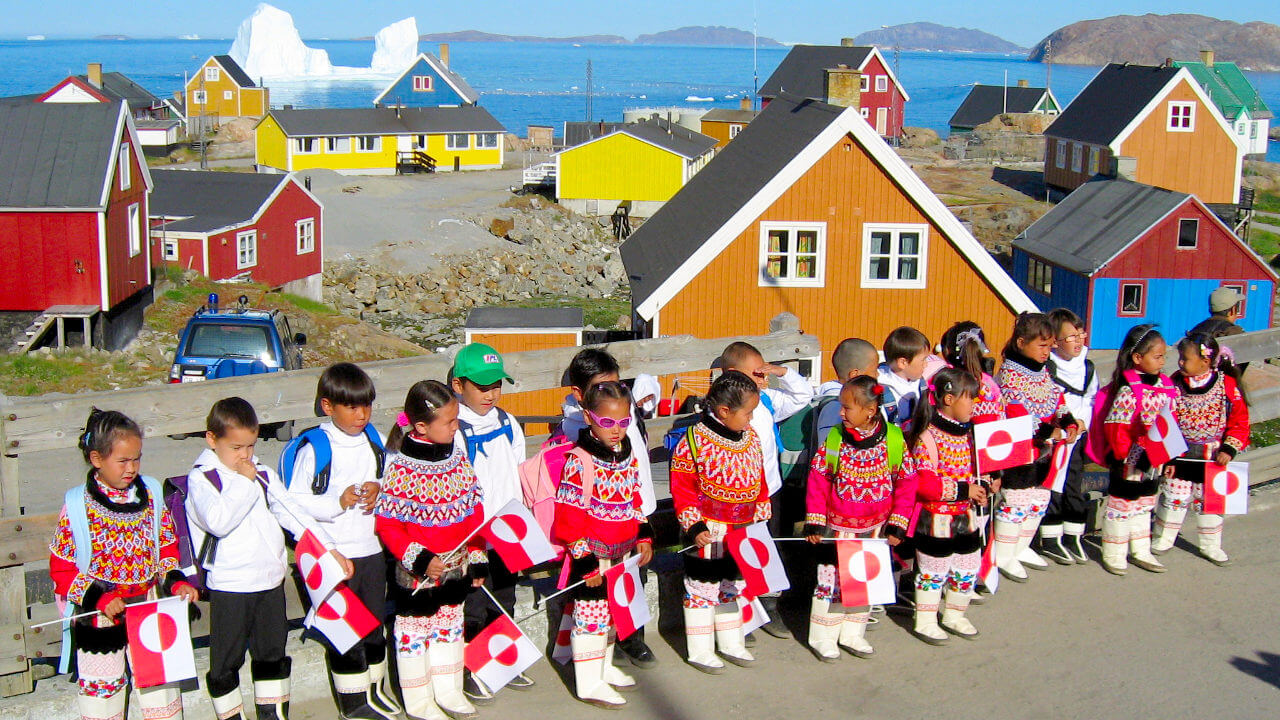
The Greenland Inuit also believed that the dead may become ghosts as well. Ghost made themselves known either by whistling or singing close to someone’s ear. Moreover, they were usually hungry souls of the departed but they are not malicious. Ghosts of parents sometimes became guardian spirits, protecting their children. Therefore, in many cases children and grandchildren were named after dead relatives, hoping that the deceased would protect them.
Most Greenlanders adhere to the Lutheran Church, with Christianity being the state religion. However, traditional Inuit beliefs and customs remain present and can be mostly found in remote settlements. Additionally, modern Inuit customs also include rituals that show gratitude to bears and whales after the end of a hunt.
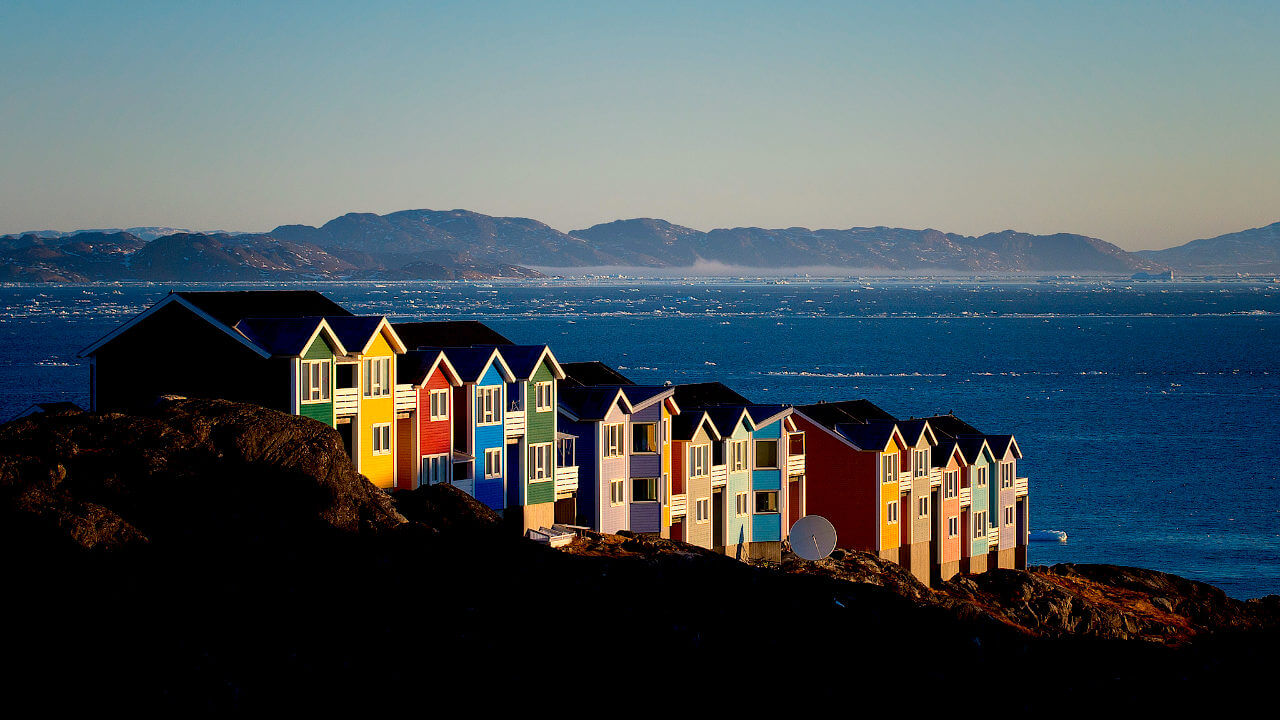
You would be surprised perhaps to hear that for many Greenlanders suicide in Greenland is normal or, better, has been normalized. When Greenlanders say that, they do not imply that it is fine for someone to commit suicide. Instead, they refer to how common suicides are. By 1985, deaths by suicide were more than cancer-related deaths in Greenland.
In certain cases, when suicides are so common they may cause a chain-effect, a sort of psychological contagion. This is often occurs within a family or a group of friends but it may also take place in smaller communities, especially in remote settlements. This is how suicide clusters, or also known as copycat suicides, form. These clustered suicides usually come in waves. Additionally, although Greenland is vast, it has a small population, less than 60.000 people! Therefore, it is not uncommon for settlement to be remote, and for people to know each other.
Comparable rises in suicide numbers have been observed among the Inuit of Canada. This is interesting considering that 89% of Greenland’s population identifies as Inuit too. After all, most of these suicides take place north of the Arctic Circle. Finally, without becoming too graphic, Greenlanders usually use violent methods to commit suicide.
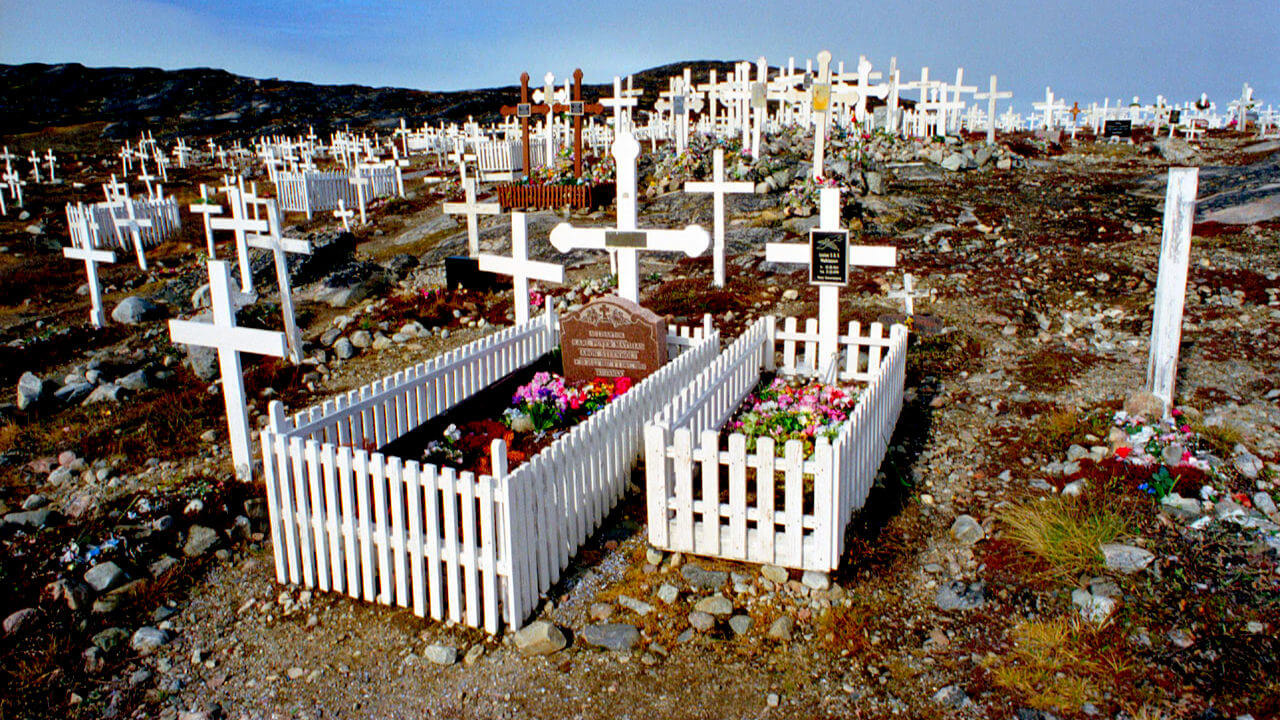
Several reasons are considered as potential explanations for Greenland’s high suicide rates. These include for example alcoholism, depression and poverty. However, many researchers believe that there is more to it.
According to a 2009 report, Greenland’s suicide rate skyrockets during summertime. Researchers have theorized that insomnia caused by non-stop daylight could be linked to that. This instability of sleeping patterns and the lack of nighttime may cause an increased production of serotonin in the brain. As a result, this leads to more impulsive, unpredictable suicides instead of the suicides linked to winter-time depression.
"Every young person in Greenland knows someone who has committed suicide."
However, scientists have pointed out that this particular cycle of light exists for millions of years, while these suicide rates have emerged only in the last century.
Instead, many Greenlanders blame certain cultural discrepancies for the suicide clusters. These differences regard traditional Inuit beliefs and modern Western customs and ideas. Specifically, Danish cultural and social dominance in the region has had a huge impact on Greenland. Moreover, as a result of the colonial relationship between the two countries, whole towns have been being abandoned. After all, the vast majority of present-day Greenlanders speak Danish too.
In addition to that, Lutheranism in Denmark had a huge religious impact on Greenland as well. This also undeniably shaped modern death and afterlife perceptions. These new beliefs however, were often opposite than the Inuit traditions, creating thus a cultural clash, so to speak.
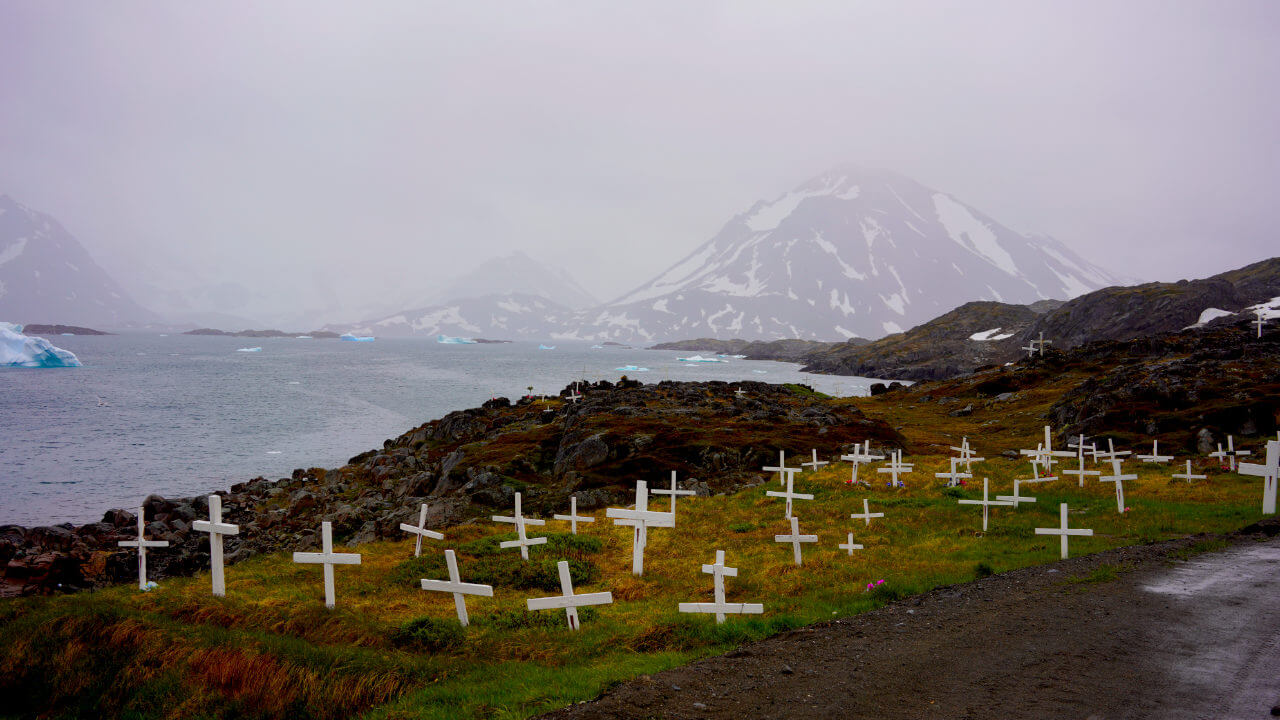
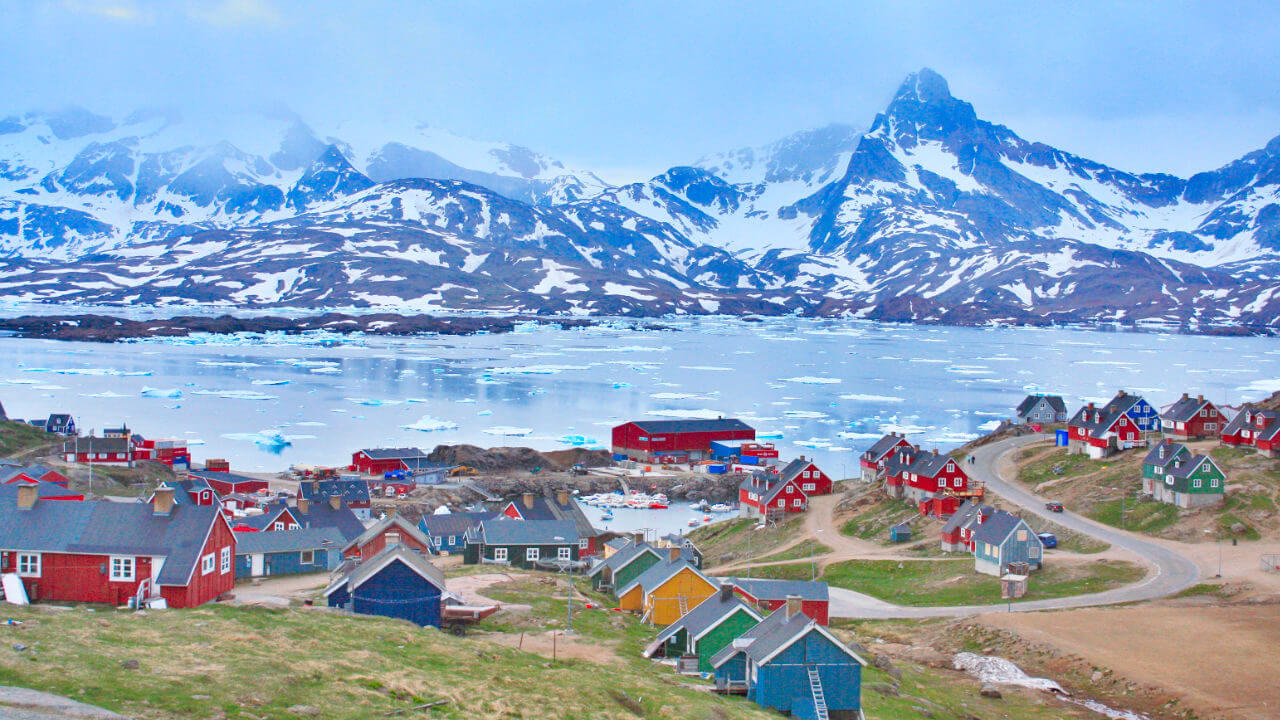
The average mixed death rate in Greenland is 8,7 per 1.000 (2018). Interestingly, Greenland’s life expectancy has also been steadily decreasing since 2013.
The funerals usually follow Lutheran protocols and customs. Therefore, most burials take place just days after death.
Over 96% of the population of Greenland is officially Christian (2010). The majority of that is Lutheran. Also, around 1% officially practices traditional Inuit beliefs, especially present in remote villages.
No clear data regarding Greenland’s donor system is available. The reason for that is that all the information is mixed with the ones from all regions from the Kingdom of Denmark.